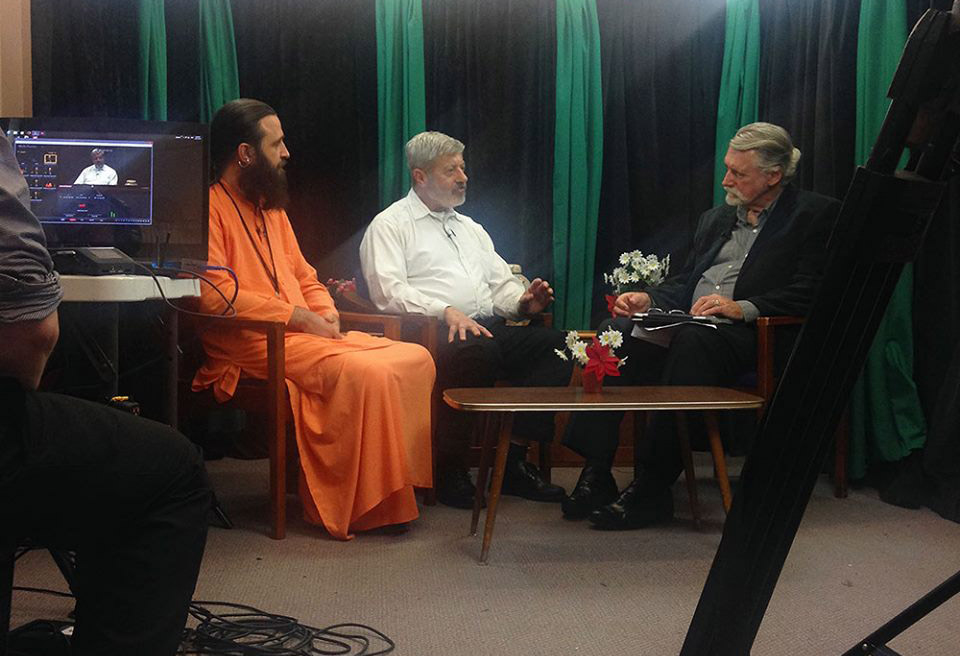The first time I’ve ever found a mention of maṇipūra-cakra was in one of the Patañjali’s sūtras, and the most interesting thing is that it is called ‘cakra’ there, no matter the popular belief that the cakra system came to exist much later than Patañjali. However in regard to cakras as energy centres, there is only a mention of the navel cakra there. And of course, it is not as detailed as a description of cakras in tantric or reflecting them yogic texts (like nātha’s etc.):
नाभिचक्रे कायव्यूहज्ञानम्॥२९॥
nābhicakre kāyavyūhajñānam ||29||
[By saṃyama] on the navel cakra (nābhicakre) the knowledge of a structure of a body is gained.
As I understand, that is due to the fact that all energy channels which are spreading to all parts of a body are connected in this centre. And Patañjali also mentions nāḍīs in another sutra. Obviously, the knowledge of channels existed in that times, it just that there is no detailed description of them in the sutras.
As for the definition of the term मणि maṇi and पूर pūra, however, it is there in the texts. Regarding पूर pūra, it’s more or less obvious – it is ‘area or abode’, as for मणि maṇi – I didn’t find any detailed explanation in English sources. But they are there in Sanskrit texts, for instance, in the Śrīmadbhāgavata Purāṇa (37). Also there are copies of that text in other sources, for example, in the Gautamīya Tantra (Ch. 12, śloka 47), it is also quoted in the Bṛhattantrasāraḥ (Ch. 5):
मेघाभं विद्युदाभञ्च बहुतेजोमयन्ततः ।
तत्पद्मं मणिवद्भिन्नं मणिपूरं तथोच्यते ॥
meghābhaṃ vidyudābhañca bahutejomayantataḥ ।
tatpadmaṃ maṇivadbhinnaṃ maṇipūraṃ tathocyate ॥
This lotus (chakra) is of cloud color and full of brilliant radiance.
That lotus is like the shine of a gem, that is why it is called maṇipūra.
I.e. there is a clear indication here on the ability of a gem to glow – तेजस् tejas. Also, in many tantras, gems, apart from their value, symbolise many other qualities, such as hardness and indestructibility, which metaphorically mean the certain states of high level consciousness. In some tantras, those are psychophysical fluids and substances, which are also associated with very high and deep states of consciousness, as the essence of all forms. If we look at this centre from a physiological point of view, then it is an area of the digestive fire, but in Hindu metaphysics Jaṭharāgni and Vaiśvānara still have a universal meaning. Vaiśvānara permeates the universe, that is why He is the fire and life within all things. Accordingly, through this centre, we perceive the essence that shines in every person in the state of self-sacrifice. That essence is all of us, however, it exists within everyone. As human beings, we all have the same hands, legs, heads and other body structures, because we are all programmed, coded in that way from somewhere above. By meditating on this center and comprehending this particular substance, we discover the universal code for ourselves and gain knowledge about the human body – exactly what Patañjali says.








